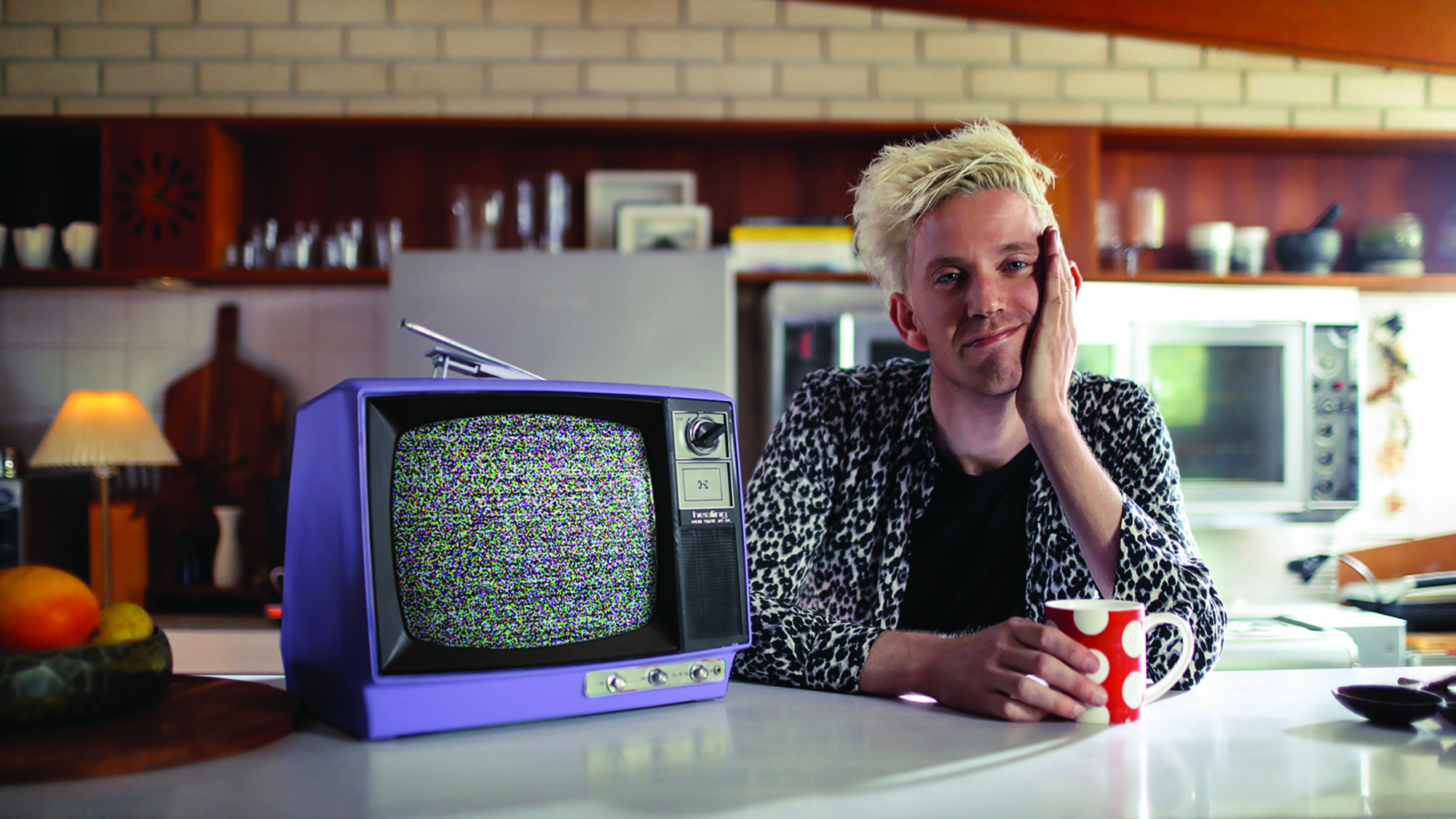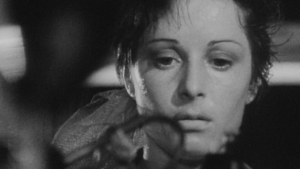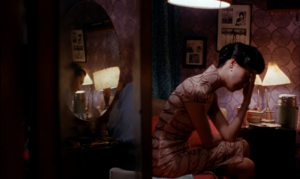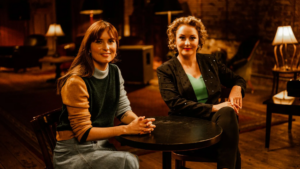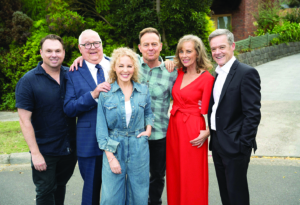Television remains a central part of Australian culture. As media scholar Raymond Williams once put it, there’s a joy in the ‘flow’ of the broadcast – that is, the accumulation of different types of programming that appear at reliable times and contexts. Last July, an IBISWorld forecast announced that we would spend almost 17 hours a week on average watching free-to-air or pay TV in 2021. Unsurprisingly, the pandemic has seen a notable increase in screen consumption: according to a report from the Australian Institute of Family Studies in 2020, during the first COVID-19 lockdown more than 50 per cent of respondents reported watching more television than usual, with young people in particular reporting a bump in viewership. We even bought more TV sets over this period.
But what are we taking in, and what does all of this viewing amount to? Answers to those questions may be found in The Last Year of Television, an annual review special first made in 2019 for Channel 31 and then commissioned by SBS in 2020 and 2021. Written and presented by Mitch McTaggart, each hour-long show offers a review of the ‘year that was’, covering the year chronologically and exploring a variety of genres and outlets with a sharp humour reminiscent of iconic UK series Charlie Brooker’s Screenwipe.
While big events like reality-show climaxes and ‘must-see’ programming are featured, the specials also cover quieter and less enduring moments. Putting these side by side gives McTaggart’s work real edge: it serves as a reward for those who saw the best (and worst) the first time around, as well as a prompt for the rest of us to dig back through various video-on-demand services to find lost gems.
Developing the specials is a long process, McTaggart tells me, explaining that he compiles material throughout the year rather than just rushing to put it together during the last quarter:
I found early on that a lot of obscure TV moments fall out of the news cycle if you don’t catch them at the time, and are harder to track down even a few months after. I think if writing began at the end of the year, it wouldn’t be as comprehensive.
Reviewing and critiquing a year’s worth of television is no mean feat – it also involves scripting, sourcing clips and making the program as entertaining as possible. As McTaggart puts it,
I find the whole process really meditative, adding to a growing document with items that may or may not end up in the show. And I always find myself looking at the events from only a few months back and thinking, ‘Oh right, I already forgot about that!’
I usually write a few notes when a moment happens, then flesh it out later depending on runtime. Some stuff gets the chop later in relation to the other content – [for instance] if there’s too many downer stories, or too many consecutive critiques of a single network.
He adds, ‘There’s gotta be fairness in roasting, of course. It’s all just making sure [the show and review is] reasonably varied – “varied” for a man exclusively sitting in a chair monologuing about TV.’
In addition to that year’s instalment of The Last Year of Television, McTaggart also made the three-part series The Back Side of Television in 2021. Each episode of the latter considers a central issue relating to Australian television genres and history, using archival and historical commentary to show how far we have (or, in some cases, haven’t) come. Inspired by his own memories, McTaggart has found some gems:
A lot of those ideas [for themes in the episodes] came out of other footage or clippings I stumbled upon inadvertently. My favourite discovery of Back Side so far was the guy who broke out of jail and later auditioned for (possibly) the role of himself on Australia’s Most Wanted. It ended up in the show, because how could it not? Just mind-boggling stories, lost to time.
Aided by creative partner James Westland and script editor Ryan Thomas (‘and then the lawyers, of course’), McTaggart explains that he makes ‘tweaks based on their notes’, adding, ‘My favourite response from them is just, “No notes, but that moment can’t have happened.”’
As bitingly critical as they can be at times, The Last Year of Television and The Back Side of Television are also careful, honest and hilarious; each, ultimately, act as love letters to an industry that so many of us rely on in good and bad times. McTaggart’s approach is to make sure the pieces are ‘precise and measured’, lest they become ‘too loose and too generic-clip-show’ – an understandable concern, given that some of our ‘greatest’ clip shows (Australia’s Funniest Home Videos, anyone?) themselves regularly feature.
A joy to watch and relive – and, perhaps, to google furiously in order to check whether what we’re seeing genuinely happened – Australian television is a goldmine. As McTaggart explains,
The exciting part for me is that there is simply so much Australian TV that’s existed, and no-one’s ever really bothered to dive into it with the same enthusiasm [that is devoted to] general world events or world TV/cinema. There’s so much beauty to uncover locally.
